Making Your Characters Stronger
Making Your Characters Stronger
A lot of people confuse character strength with physical strength. It’s awesome if your female character can beat up 30 people in a room, but what does that actually tell us about her? There needs to be something more than just that.
So, how do you make your characters legitimately stronger? Here are a few tips to get your started:
Give them a goal
All characters should want something. It can be something small, like getting a good grade on a test, or it can be something big, like saving the world. Know your characters and what their goals are. This should help you shape the plot and prevent writer’s block.
Let them grow
Character growth is something that makes your story fascinating. Each character should make a change or grow, especially if you want your readers to root for them. This is usually the case with protagonists because common antagonist traits are that they are stubborn and they might not grow very much. Let us see your protagonist learn and become a stronger hero.
Define their character traits
You can make a character more relatable if you know what their traits are. Is your protagonist cautious? Are they afraid of failure? Are they lazy? Knowing specific details about your characters can help your story feel more real. You’ll actually get to know who your characters are and why they’d react a certain way.
Build relationships
Let your characters love or hate or have great friendships. Your character’s connection to other people in the story will help make them stronger. They’ll have more motivation to fight til the end and they’ll have something they care about. Don’t neglect these relationships.
Let them fail
A strong character doesn’t mean they do everything perfectly and lack struggle. Your characters need to fail. Most of us don’t get stronger by constantly succeeding. We fail, we pick ourselves back up, and we keep going. This will help keep your protagonist relatable and your readers will continue to root for their success.
-Kris Noel
More Posts from Risingstarling and Others
Obito: “I always help the elderly!!!”
Obito: *helps the elderly take over the world*
How To Adult
For those of you who need the nudge, here are some resources that’ll hopefully help you.
Organization
Things to include when setting up a new planner
How to organize your day
The best pens for planning
Login & password tracker printable
2015′s most popular planners
Questions to help you de-clutter
Brilliant organizing solutions
Career
How to look good in a group interview
An introvert’s guide to self-promotion at work
Career planning 101
36 career tips no one will actually tell you
Best resume tips
What to do if you don’t know the answer to the interview question
A guide to cover letters
Mental & Physical Health
How to become a morning person
Why you feel tired everyday
Water intake and your diet
Finding happiness when life gets hard
Books to read when you need a laugh
Books to read in your twenties
What your gyno really wants you to know
How to wake up happy
Become a morning person
Your guide to medical check-ups (extremely important!)
When you need to get checked by a doctor timeline
Relationships
Free weekend date ideas
9 conversations every serious couple should have
Date ideas for $10 and under
Summer couple’s bucket list
Fall couple’s bucket list
50 things to do besides watch a movie
Miscellaneous
How to make small talk
Use the Internet when there is no Internet
Which glue should you use?
How to properly tip
Expiration dates of beauty products
How to increase cell phone storage
Clothing care / laundry symbols
A guide to dealing with hangovers
Do I need a photo ID to do this?
Documents you need before you die
100+ things to throw away
How to buy a car
Cooking / Food
Using your hand to find portion control sizes
How to cut a recipe in half
Grocery shopping like an adult
Kitchen measurement cheat sheet
Meals on the go
The shelf life of food infographic
Helpful kitchen cheat sheet
What pasta goes with what sauce?
How to pair candy with alcohol
Foods that are hazardous to dogs
Home / Apartment
Apartment inspection checklist
Planning a move in advance
Make moving easier
How to keep a clean home
Cleaning schedule printable
Car cleaning hacks
Things to do before moving out of your home
Checklist for changing your address
How to take care of your car
First place checklist
Things you can clean in the dishwasher
Finding an affordable apartment
Rental walk-through checklist
What to handle first after moving
Finances
Making and living on a budget
How to start couponing
Making a budget binder
Credit score basics
Save money on utilities
Financial habits to start right now
Get help with medical bills
How to save money every week
When airline tickets are the cheapest
Couponing for beginners
Budgeting in your home
Create a calendar budget
Get your finances under control



As requested! A tutorial on faces will be coming soon as well.
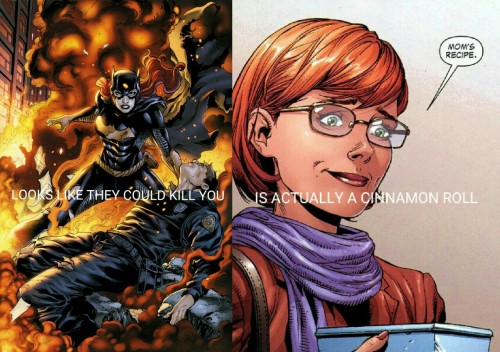
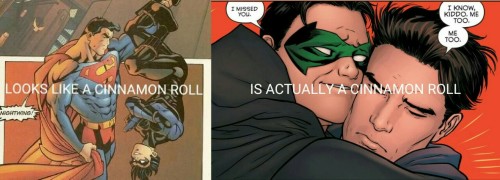
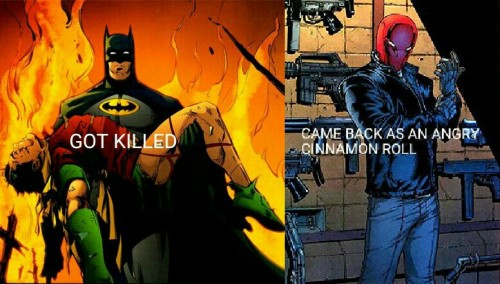
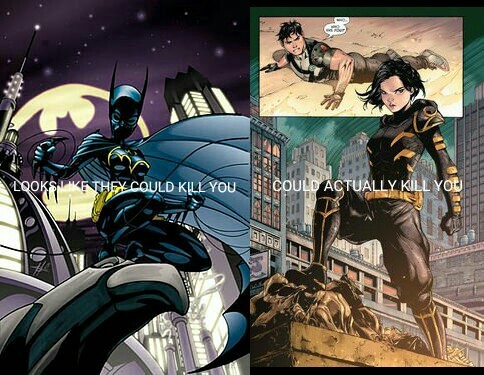
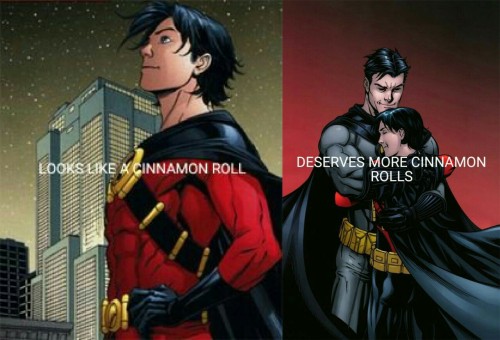
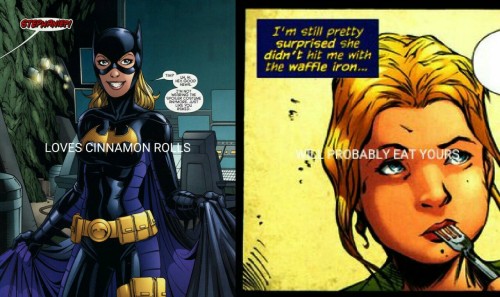
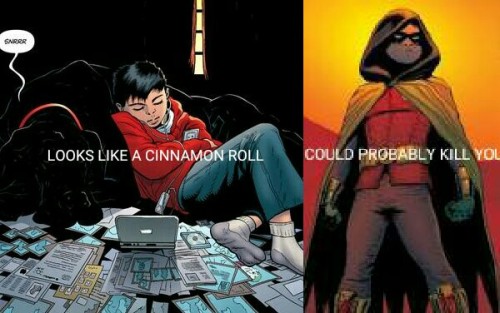
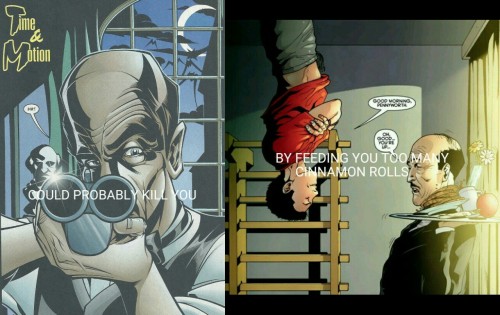
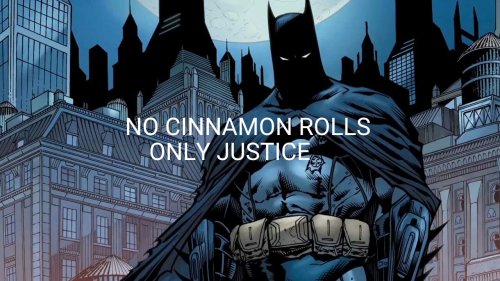
I’m sorry, apparently I have no impulse control.
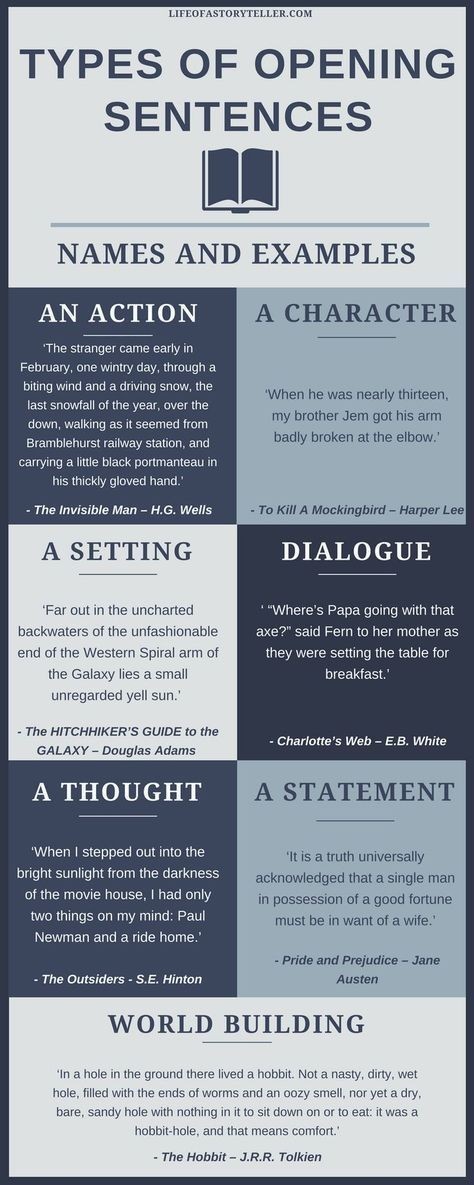
Credit: Lifeofastoryteller.com

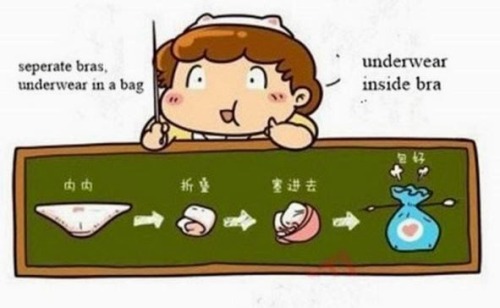
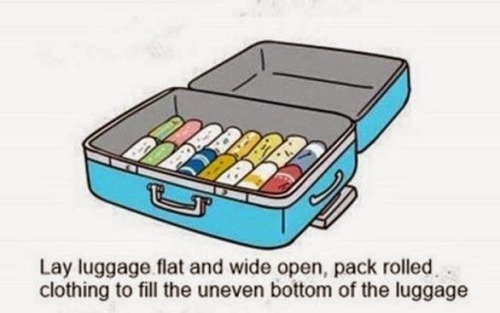
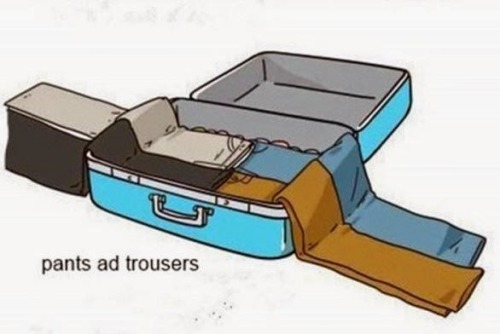
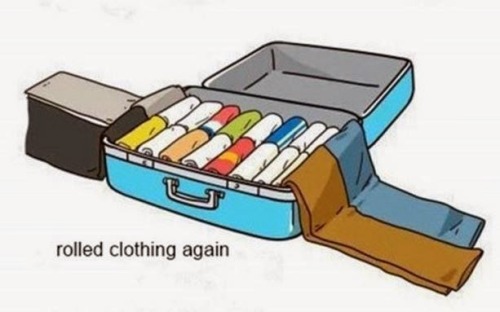
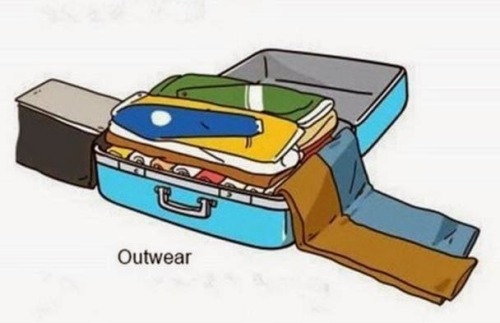
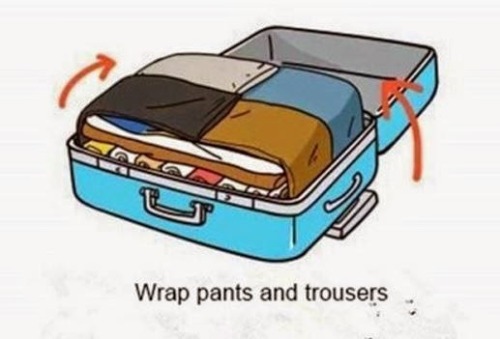
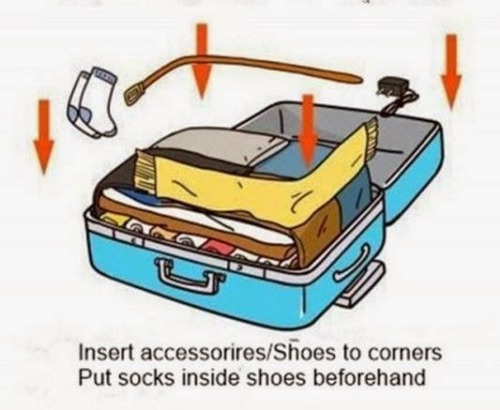

How to Pack Luggage?
How do you write a fight scene without becoming repetitive? I feel like it just sounds like "she did this then this then this." Thanks so much!
I watch her as she fights. Her left leg flies through the air – a roundhouse – rolling into a spin. She misses, but I guess she’s supposed to. Her foot lands and launches her into a jump. Up she goes again, just as fast. The other leg pumps, high knee gaining altitude. The jumping leg tucks. Her body rolls midair, momentum carrying her sideways. She kicks. A tornado kick, they call it. The top of her foot slams into Rodrigo’s head, burying in his temple. Didn’t move back far enough, I guess.
His head, it snaps sideways like a ball knocked off a tee. Skull off the spine. His eyes roll back, and he slumps. Whole body limp. Legs just give out beneath him. He clatters to the sidewalk; wrist rolling off the curb.
She lands, making the full turn and spins back around. Her eyes are on his body. One foot on his chest. I don’t know if he’s alive. I don’t know if she cares. Nah, she’s looking over her shoulder. Looking at me.
The truth twists my gut. I should’ve started running a long time ago.
The first key to writing a good fight scene is to tell a story. The second key is having a grasp of combat rules and technique. The third is to describe what happens when someone gets hit. The fourth is to remember physics. Then, roll it all together. And remember: be entertaining.
If you find yourself in the “and then” trap, it’s because you don’t have a firm grasp of what exactly it is your writing. “He punched” then “She blocked” then “a kick” only gets you so far.
You’ve got to get a sense for shape and feeling, and a sense of motion. Take a page from the comic artist’s playbook and make a static image feel like it’s moving. Try to remember that violence is active. Unless your character is working with a very specific sort of soft style, they’re attacks are going to come with force. So, you’ve got to make your sentences feel like your hitting something or someone.
“Ahhh!” Mary yelled, and slammed her fist into the pine’s trunk. A sickening crack followed, then a whimper not long after.
Angie winced. “Feel better?”
Shaking out her hand, Mary bit her lip. Blood dripped from her knuckles, uninjured fingers gripping her wrist. She sniffed, loudly. “I…” she paused, “…no.”
“You break your hand?”
“I think so. Yeah.”
“Good,” Angie said. “Think twice next time before challenging a tree.”
Let your characters own their mistakes. If they hit something stupid in anger, like a wall or a tree then let them have consequences.Injury is part of combat. In the same way, “I should be running now” is. When the small consequences of physical activity invade the page, they bring reality with them.
People don’t just slug back and forth unless they don’t know how to fight, or their only exposure to combat is mostly movies or bloodsport like boxing. Either way, when one character hits another there are consequences. It doesn’t matter if they blocked it or even deflected it, some part of the force is going to be transitioned into them and some rebounds back at the person who attacked.
Your character is going to get hurt, and it’ll be painful. Whether that’s just a couple of bruises, a broken bone, or their life depends on how the fight goes.
However, this is fantasy. It is all happening inside our heads. Our characters are never in danger unless we say they are. They’ll never be hurt unless we allow it. A thousand ghost punches can be thrown and mean absolutely, utterly nothing at all to the state of the character. This is why it is all important to internalize the risks involved.
The writer is in charge of bringing a dose of reality into their fictional world. It is much easier to sell an idea which on some level mimics human behavior and human reactions. The ghost feels physical because we’ve seen it happen on television or relate to it happening to us when we get injured.
You’ve got five senses, use them. You know what it feels like to get injured. To be bruised. To fall down. To be out of breath. Use that.
Here’s something to take with you: when we fight, every technique brings us closer together. Unless it specifically knocks someone back. You need specific distances to be able to use certain techniques. There’s the kicking zone, the punching zone, and the grappling zone. It’s the order of operation, the inevitable fight progression. Eventually, two combatants will transition through all three zones and end up on the ground.
So, keep the zones in mind. If you go, “she punched, and then threw a roundhouse kick” that’s wrong unless you explain more. Why? Because if the character is close enough to throw a punch, then they’re too close to throw most kicks. The roundhouse will just slap a knee or a thigh against the other character’s ribs, and probably get caught. If you go, “she punched, rammed an uppercut into his stomach, and seized him by the back of the head”, then that’s right. You feel the fighters getting progressively closer together, which is how its supposed to work.
Use action verbs, and change them up. Rolled, rotated, spun, punched, kicked, slammed, rammed, jammed, whipped, cracked, etc.
You’ve got to sell it. You need to remember a human’s bodily limits, and place artificial ones. You need to keep track of injuries, every injury comes with a cost. Make sure they aren’t just trading blows forever.
I’ve seen advice that says fights all by themselves aren’t interesting. I challenge that assertion. If you’re good at writing action, then the sequence itself is compelling. You know when you are because it feels real. Your reader will tune out if it isn’t connecting, and the fight scene is a make or break for selling your fantasy. It is difficult to write or create engaging, well choreographed violence that a reader can easily follow and imagine happening.
-Michi
This blog is supported through Patreon. If you enjoy our content, please consider becoming a Patron. Every contribution helps keep us online, and writing. If you already are a Patron, thank you.
What if tho.....
Dumbledore: This is the mirror of Erised
Harry: *looks in it*
Phantom: I AM YOUR ANGEL OF- Oops wrong mirror
Harry:
Dumbledore:
Phantom: Sorry










-
 dame-nervy liked this · 1 month ago
dame-nervy liked this · 1 month ago -
 barot-roo liked this · 6 months ago
barot-roo liked this · 6 months ago -
 mariewritcs reblogged this · 8 months ago
mariewritcs reblogged this · 8 months ago -
 c4c4inee liked this · 10 months ago
c4c4inee liked this · 10 months ago -
 newdawnhorizon reblogged this · 11 months ago
newdawnhorizon reblogged this · 11 months ago -
 dolourstories liked this · 1 year ago
dolourstories liked this · 1 year ago -
 kayinspo reblogged this · 1 year ago
kayinspo reblogged this · 1 year ago -
 lonelyghost123 reblogged this · 1 year ago
lonelyghost123 reblogged this · 1 year ago -
 blooranje liked this · 1 year ago
blooranje liked this · 1 year ago -
 juliennetheelemental liked this · 1 year ago
juliennetheelemental liked this · 1 year ago -
 millennial-teenybopper liked this · 1 year ago
millennial-teenybopper liked this · 1 year ago -
 selenablue200 liked this · 1 year ago
selenablue200 liked this · 1 year ago -
 heckcareoxytwit reblogged this · 1 year ago
heckcareoxytwit reblogged this · 1 year ago -
 modarthelp reblogged this · 1 year ago
modarthelp reblogged this · 1 year ago -
 modarthelp liked this · 1 year ago
modarthelp liked this · 1 year ago -
 nahnottonight liked this · 1 year ago
nahnottonight liked this · 1 year ago -
 aaustinwrites reblogged this · 1 year ago
aaustinwrites reblogged this · 1 year ago -
 martialwriter liked this · 1 year ago
martialwriter liked this · 1 year ago -
 ask-a-clock-and-others liked this · 1 year ago
ask-a-clock-and-others liked this · 1 year ago -
 nurthan reblogged this · 1 year ago
nurthan reblogged this · 1 year ago -
 turtlelulu liked this · 2 years ago
turtlelulu liked this · 2 years ago -
 newdawnhorizon reblogged this · 2 years ago
newdawnhorizon reblogged this · 2 years ago -
 audreycecilemoore reblogged this · 2 years ago
audreycecilemoore reblogged this · 2 years ago -
 croissanthemum reblogged this · 2 years ago
croissanthemum reblogged this · 2 years ago -
 ishgard liked this · 2 years ago
ishgard liked this · 2 years ago -
 garry34 liked this · 2 years ago
garry34 liked this · 2 years ago -
 limedefendormoon liked this · 2 years ago
limedefendormoon liked this · 2 years ago -
 yoneemz liked this · 2 years ago
yoneemz liked this · 2 years ago -
 iwillhaveamoonbase liked this · 2 years ago
iwillhaveamoonbase liked this · 2 years ago -
 nyswrite reblogged this · 2 years ago
nyswrite reblogged this · 2 years ago -
 newerera liked this · 2 years ago
newerera liked this · 2 years ago -
 prompts-for-every-need liked this · 2 years ago
prompts-for-every-need liked this · 2 years ago -
 newdawnhorizon reblogged this · 2 years ago
newdawnhorizon reblogged this · 2 years ago -
 valemonse14 liked this · 2 years ago
valemonse14 liked this · 2 years ago -
 myenthusiastkingdom reblogged this · 2 years ago
myenthusiastkingdom reblogged this · 2 years ago -
 antiantideppressant liked this · 2 years ago
antiantideppressant liked this · 2 years ago -
 niraelyn liked this · 2 years ago
niraelyn liked this · 2 years ago -
 absisnotworthy liked this · 2 years ago
absisnotworthy liked this · 2 years ago -
 yamimana-ramblings reblogged this · 2 years ago
yamimana-ramblings reblogged this · 2 years ago -
 lilyhargrave reblogged this · 2 years ago
lilyhargrave reblogged this · 2 years ago -
 pathsofoak reblogged this · 2 years ago
pathsofoak reblogged this · 2 years ago -
 sonotthedrama liked this · 2 years ago
sonotthedrama liked this · 2 years ago -
 thewriteitinerary reblogged this · 2 years ago
thewriteitinerary reblogged this · 2 years ago -
 blood-red-devom liked this · 2 years ago
blood-red-devom liked this · 2 years ago
Right now this is just anything that comes to mind since I'm a complete noob at tumblr. I've been hearing about it for years but I never really felt like I had anything to say. Well all that has changed now and I figured I'd see what all the hype about tumlr is really about. Anyway don't take anything I say too seriously for now...I'll probably change it later when I become more comfortable with this website.
168 posts














